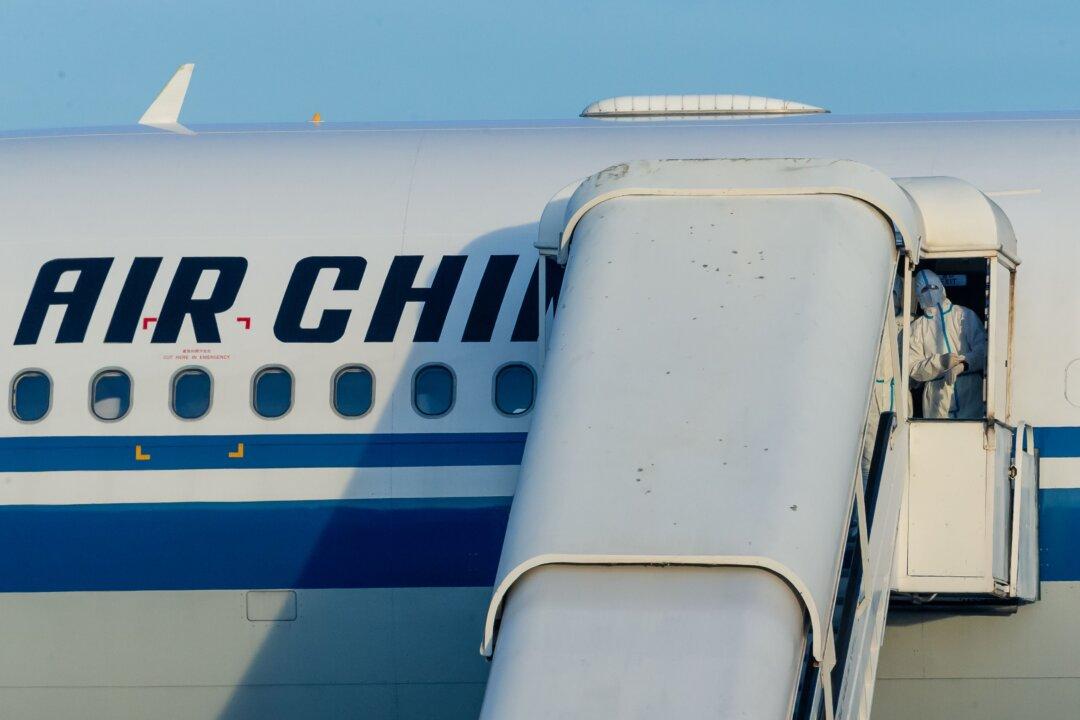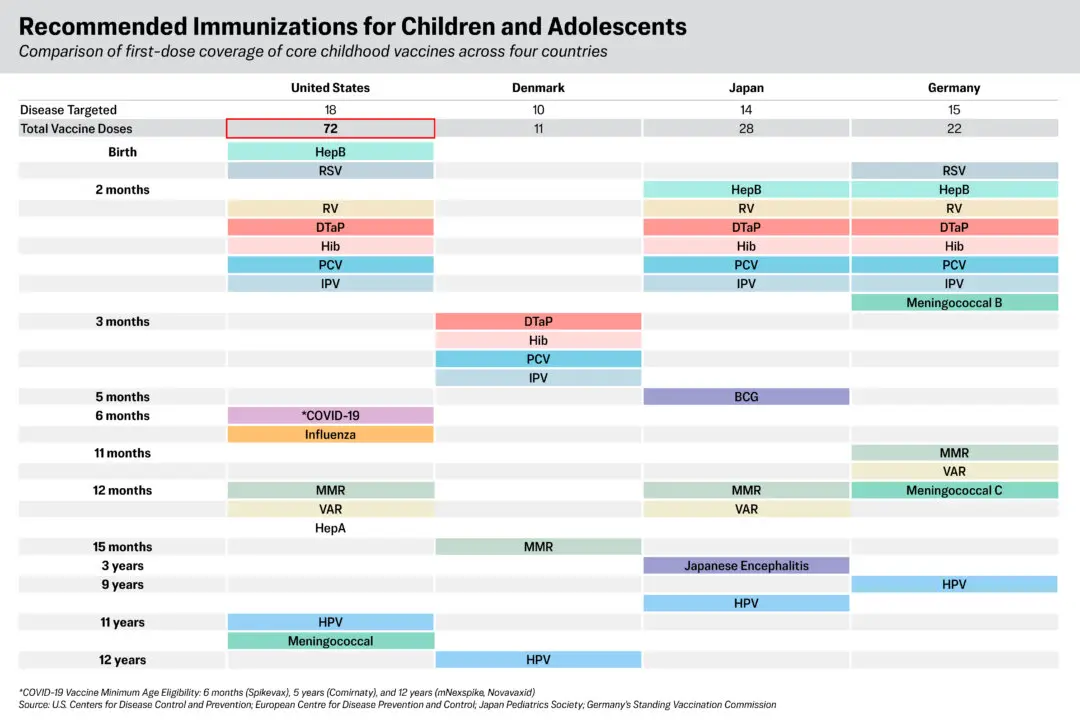The United States is banning Chinese flights to and from America as retaliation for China failing to let U.S. carriers freely conduct operations.
President Donald Trump’s administration said seven China-based airlines, including Air China Limited and Xiamen Airlines, will not be able to fly to or from the United States.





